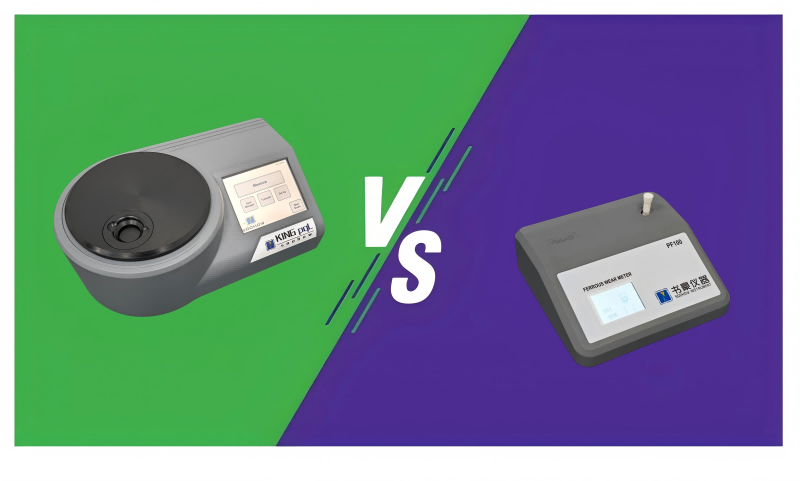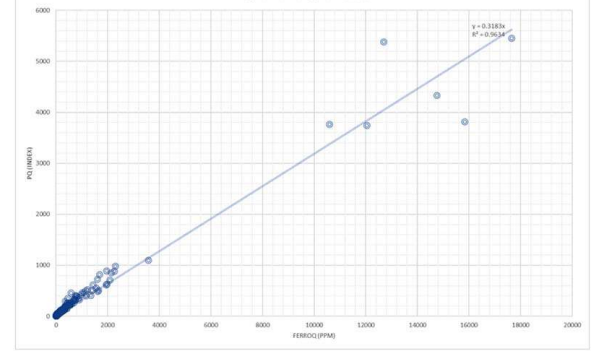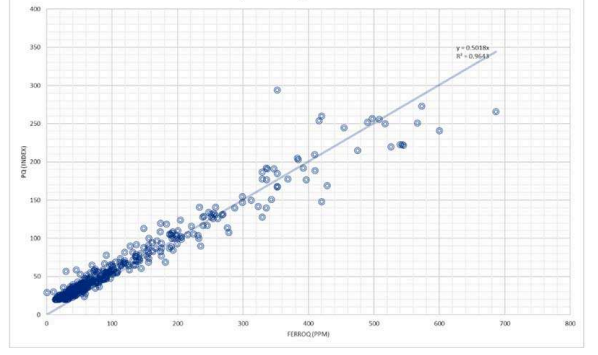Ferrous debris, put simply, refers to the metallic particles or fragments, mainly composed of iron (Fe), with in a sample of lubricating oil.
Prematurely identifying ferrous debris can lead to identifying wear and tear within the system-which, when left unresolved, can lead to catastrophic equipment problems.
Determining the amount of ferrous debris in a sample has always been a challenge for condition monitoring laboratories and even at the end-user facilities.
Historically, there have always been challenges with spectroscopic methods not fully analyzing the ferrous debris load; both ICP-OES (Inductively Coupled Plasma-Optical Emission Spectrometry) and RDE (Rotating Disk Electrode) only fully analyze particles lower than about 10μm in diameter.

ldentifying Ferrous Debris: Considering Two Methods
In 1985, the Swansea Tribology Centre introduced the solution to this problem: the PQTM (Particle Quantifier) Ferrous Debris Monitor. Since then, the PQTM has become an essential component of oil condition monitoring programs and is used in most laboratories specializing in this worldwide.
The PQTM is a sensitive magnetometer that measures the influence on a magnetic field (known as the Hall effect) that a sample exerts, thus providing a quantitative (though unitless) result of the ferrous wear in the sample. This result can be trended with acceptable linearity over a wide range of ferrous debris concentrations and particle sizes.
With all the advantages and benefits of PQTM, some serious limitations exist. PQTM allows samples to be measured in the bottle, but when doing so, only the bottom centimeter or so is analyzed.
Standards are only available from the manufacturer and are not NIST (National Institute of Standards and Technology) traceable. Finally, there is the issue that the results are unitless the PQTM Index is a dimensionless number.
To meet these limitations, newer instruments have been developed. One of which is the new PF100. The PF100 uses a set of coil windings, one for measurement and one for reference.
When the sample is inserted, any ferrous material in the oil or grease sample changes the inductance of the measurement coil relative to the reference coil.
A sensitive signal conditioning circuit detects those minuscule changes in the inductance of the measurement coil, and the embedded processor interprets this signal to provide a mass/volume output based on calibration standards.
Reporting Differences
Products such as PQTM devices and some PPM devices often use a single coil below the sample. This results in a device highly sensitive to particles at the bottom of a sample and insensitive to those at the top. PF100 measurement coil surrounds the sample, providing uniform sensitivity and superior repeatability.
Finally, the PF100 reports results in mg/kg and utilizes NIST-traceable standards back to a primary iron standard. This gives a result that is quantifiable and more adequately meets quality standards.
To confirm the traceability and accuracy of the results from the PF100, 0.0151g of Iron Powder, <10μm, ≥99.9% trace metal basis from Sigma Aldrich was prepared in 10.0007g total of a UV reactive resin. The theoretical result was 1510 mg/kg.

Some laboratories desire to switch from the venerable PQTM to the PF100. To determine this, 1291 comparisons were made.

Using all data, results show that above 1000 PQTM Index, the data did have a skew. This is likely due to the PQ not analyzing the entire sample, only the bottom ~1 cm of the sample.
Removing this data shows a definite correlation between the two methods:

In summary, the PF100 technology will perform similarly to the PQTM technology. This, coupled with the PF100 having NIST traceable standards, reporting in mg/kg, and analyzing the entire sample (as opposed to only the bottom), may be a superior method to the venerable PQTM.
Testing laboratories and end-user facilities can decide what test method and product is used to determine ferrous debris in oil samples, and evaluating benefits, advantages, and limitations must be considered, as wellas whatreported results are required.
